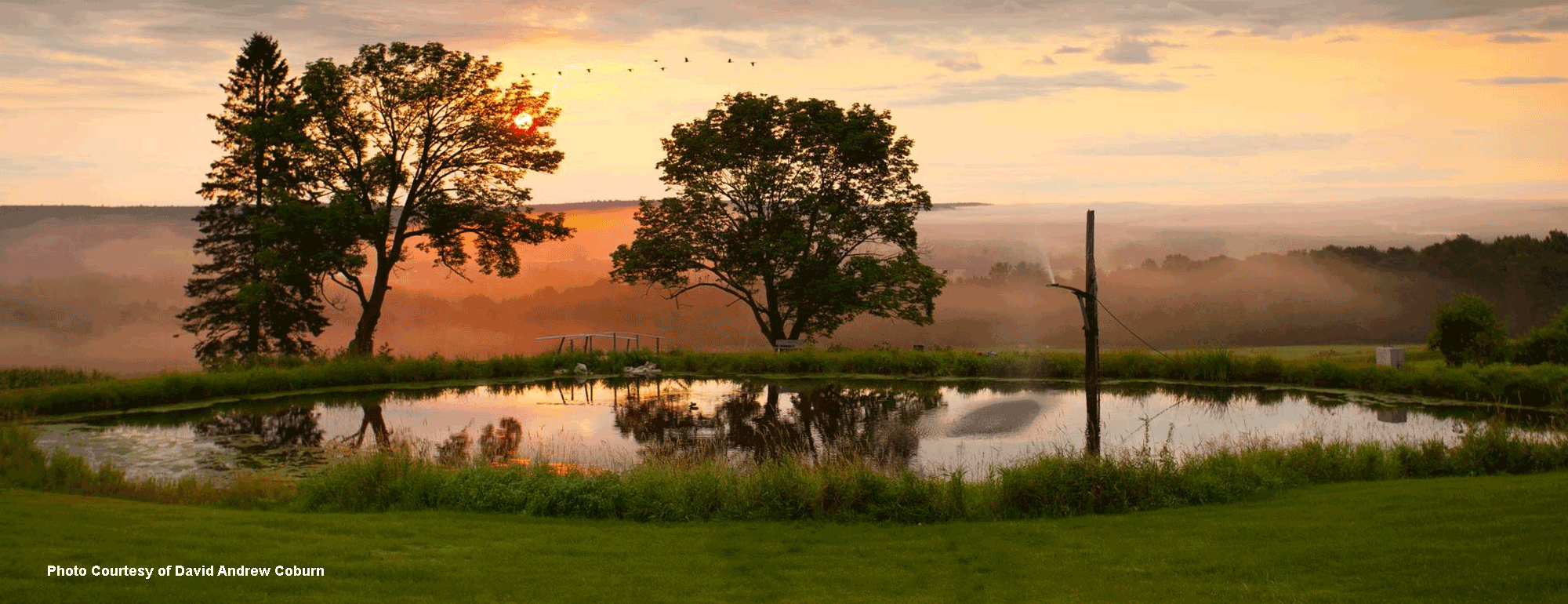
Keswick Ridge
A Brief History
The traditional territory of Keswick Ridge and the surrounding area was first inhabited by the Wolastoqiyik (Maliseet) people. The Wolastoqiyik had a deep connection to the land, relying on fishing, hunting, and agriculture for their sustenance. They had established communities along the St. John River and maintained a vibrant culture with unique traditions and practices.
French explorers first arrived in the region in the 16th century, and a more permanent presence was established in the 17th century with the founding of the colony of Acadia. The French largely maintained good relations with the First Nations, as their settlements were small and concentrated along the coast, leaving the interior of the territory to the Indigenous peoples. This fostered a healthy fur-trading economy. Acadians, French colonists who had settled the region, established a unique culture, often working with the natural landscape by building dykes to reclaim tidal marshes for farming. The Acadian culture and land use practices helped shape settlement patterns in the St. John River corridor, including areas near Keswick Ridge. While Keswick Ridge itself may not have been the site of a major Acadian village, the Acadian presence in the Saint John River region influenced the landscape, land tenure, and family networks that would later intersect with other waves of settlement. As the 18th century progressed and tensions rose between the French and the British, some Acadians who had moved to the area after the Treaty of Utrecht in 1713, may have been present in the St. John River valley near Keswick Ridge.
The history of the area took a sharp turn with the increasing presence of the British. In 1713, under the Treaty of Utrecht, France ceded what is now Nova Scotia to Britain. The British demanded an unconditional oath of allegiance from the Acadians, which many refused to sign, wanting to remain neutral in the ongoing conflict between France and Britain. This led to the tragic event known as the Great Expulsion, or Le Grand Dérangement, between 1755 and 1764. The British deported an estimated 11,500 Acadians, forcing them onto ships and sending them to the Thirteen Colonies, France, and other parts of the world. The expulsion was a devastating event that sought to remove the Acadians as a potential military threat and sever their supply lines to French strongholds. While some Acadians managed to escape to the interior of the region, the expulsion forever changed the demographic and cultural landscape of the Maritimes.
The final, decisive chapter in the European settlement of Keswick Ridge was the arrival of the United Empire Loyalists. After the American Revolution, thousands of colonists who had remained loyal to the British Crown were forced to flee the newly formed United States. The British government offered them land and new opportunities in what remained of British North America.
Beginning in 1783, a large influx of Loyalists arrived in the Maritimes. Many settled in the St. John River valley, which was severed from Nova Scotia in 1784 to form the new colony of New Brunswick, in part to accommodate the new Loyalist population. Keswick Ridge, known for its fertile land and elevated position, became a prime location for these new settlers.
The community of Keswick Ridge was first settled by the “sons and daughters of the Loyalists from Massachusetts.” These early inhabitants established a Congregational Church and laid the foundations for the community that exists today. Their arrival cemented the English-speaking, Protestant character of the area, which still retains its Loyalist roots.
The history of Keswick Ridge is a story of resilience and transformation, from the ancient lands of the First Nations to the establishment of a Loyalist community, and is a testament to the complex and often dramatic forces that shaped the history of New Brunswick.
- Bruce DuPlessis